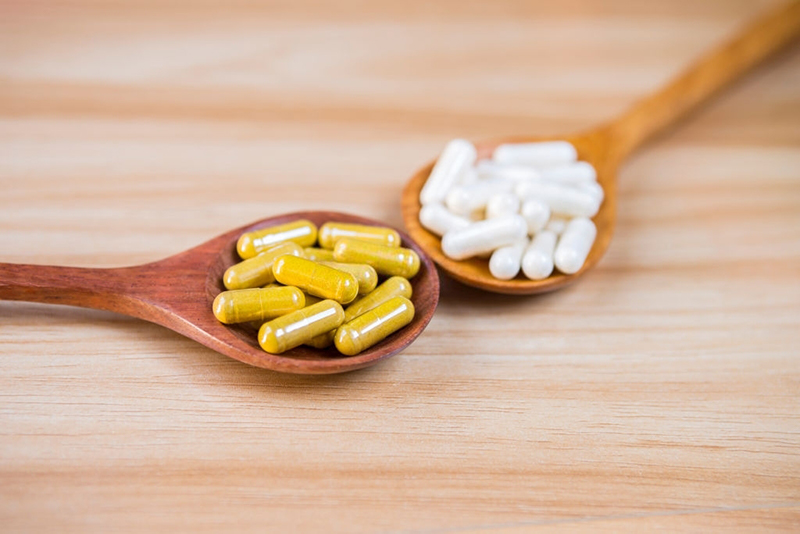Antibiotics are essential in the fight against pathogenic germs. However, because they destroy infections, they can also harm the healthy bacteria in your stomach, resulting in diarrhea for a few days—or even weeks—after you stop taking the medication. probioticseverything.comprobiotic with antibiotics
So, how can you reap the benefits of antibiotics without the unpleasant side effects on your stomach? Probiotics—pills or powders containing live bacteria that provide health benefits—might be the answer. probioticseverything.comprobiotic with antibiotics
When taking antibiotics, which probiotics should you take?
Several bottles of probiotics are likely to be found on the shelves of your drugstore. How do you know which probiotics to take along with your antibiotics? Dr. Bryan Tran, cofounder of DrFormulas, suggests searching for probiotics with the “three Ds”: probioticseverything.comprobiotic with antibiotics
Colony-forming units, or CFUs, are used to measure the amount of active microorganisms in a probiotic. Dr. Tran recommends a dose of 10 billion CFUs or greater. On the product label, this dose may be listed as 1 x 1010. While probiotics with 100 billion or more CFUs may be available, Dr. Hoberman claims that after roughly 20 billion, you stop gaining additional advantages.
The label on a probiotics container will also tell you which bacteria strains are in the capsules. Look for probiotics with five to ten different strains. “Studies comparing single-strain probiotics to multi-strain probiotics have revealed that a range of strains reduces diarrhea more effectively,” Dr. Tran explains. probioticseverything.comprobiotic with antibiotics
Finally, search for probiotics that come in the form of delayed-release pills. “Taking probiotics orally exposes them to stomach acid, which decreases the effective amount that reaches the gut,” Dr. Tran explains. “Probiotics with delayed-release mechanisms won’t release the bacteria until they’ve passed through the stomach.” probioticseverything.comprobiotic with antibiotics
What you should eat when taking antibiotics
Don’t stop there—eating foods high in probiotics and prebiotics can also help your stomach stay healthy. High-fiber foods that your body can’t digest are known as prebiotics. They feed the bacteria in your digestive tract as they pass through. In other words, they aid the growth of healthy bacteria (probiotics) in your gut. probioticseverything.comprobiotic with antibiotics
It’s a good idea to consume a diet high in both prebiotics and probiotics when taking antibiotics.
Consume foods that are high in prebiotics, such as:
Leafy bitter greens, like dandelion greens, seaweed, and spinach
Onions, garlic, and leeks
Asparagus
Bananas
Apples
Barley
Oats
Cocoa
Flaxseeds
Roots, like chicory root and jicama root
Jerusalem artichoke
All of these can aid in the growth of good bacteria such as Bifidobacteria and Lactobacillus. probioticseverything.comprobiotic with antibiotics
After that, include more probiotic-rich items in your diet, such as:
Raw, unpasteurized sauerkraut (pasteurization destroys the live and active bacteria), tempeh, and kimchi are examples of fermented foods.
Kefir, buttermilk, and miso yogurt (with live and active cultures) (traditional, not cultured)
Pickles cooked with Kombucha (cucumbers pickled in salty water and fermented; pickles made with vinegar do not have probiotic effects) probioticseverything.comprobiotic with antibiotics
If you’re trying to add pre- and probiotic foods into your diet, double-check with your doctor or pharmacist to see if there are any foods or drinks that could interact with your antibiotics. probioticseverything.com

